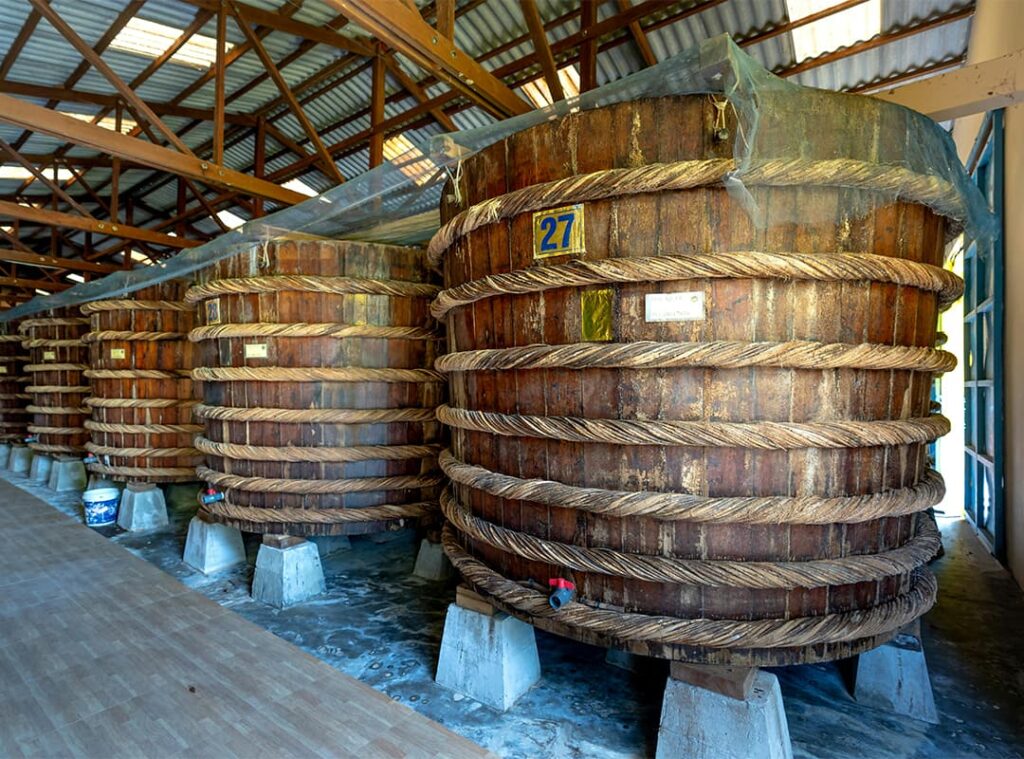Brewing your own beer is an art that combines creativity, precision, and a deep understanding of ingredients. To make the perfect beer, it’s essential to choose the right malt, hops, and yeast, as each of these ingredients plays a vital role in the flavor, aroma, and overall profile of your brew. Whether you’re crafting a refreshing pale ale, a rich stout, or even experimenting with a unique brew like root beer, selecting the right ingredients is key. Let’s dive into how to choose the perfect malt, hops, and yeast for your next brewing adventure.
1. Choosing the Right Malt
Malt is the backbone of any beer. It provides the sugar needed for fermentation, and it significantly influences the flavor and color of the beer. When selecting malt, there are two main types to consider: base malts and specialty malts.
Base malts are the primary source of fermentable sugars in beer. These malts are typically light in color and make up the majority of the grain bill. Popular base malts include Pale Malt, Pilsner Malt, and Vienna Malt. These malts provide the foundation for most beer styles.
Specialty malts, on the other hand, are used in smaller quantities to add complexity and flavor to your beer. Examples include Crystal Malt for sweetness, Chocolate Malt for rich, roasted flavors, and Melanoidin Malt for enhanced color and aroma. When selecting specialty malts, think about the type of beer you want to brew and the flavor profile you’re aiming for. If you’re aiming for a sweet and malty brew, you may want to opt for more caramel malts, while roasted malts are great for darker beers like stouts and porters.
2. Picking the Right Hops
Hops are responsible for adding bitterness, flavor, and aroma to your beer. When choosing hops, you need to think about the style of beer you’re brewing, as well as the balance between bitterness and aroma.
Bittering hops are usually added early in the brewing process to provide the necessary bitterness to balance the sweetness of the malt. Popular bittering hops include Chinook, Magnum, and Simcoe. These hops have a high alpha acid content, which is responsible for bitterness.
Aroma hops are added later in the brewing process to impart fragrance without contributing too much bitterness. If you’re brewing a hoppy beer like an IPA, you’ll want to select aroma hops like Citra, Cascade, or Amarillo for their distinctive citrusy, floral, and piney profiles.
Dual-purpose hops serve both functions and can be added at multiple stages in the brewing process. For example, Centennial and Mosaic hops are used both for bittering and aroma.
If you’re interested in experimenting with flavor, consider adding hops during dry hopping for an extra burst of aroma without increasing bitterness. This is popular in many modern IPAs and pale ales.
3. Selecting the Right Yeast
Yeast is the magical ingredient that transforms your wort into beer by fermenting the sugars from the malt into alcohol. There are two primary types of yeast: Ale yeast and Lager yeast.
Ale yeast thrives in warmer temperatures (15-24°C or 59-75°F), typically around room temperature. Ale yeasts are best for creating beers like pale ales, IPAs, stouts, and Belgian-style beers. These yeasts tend to produce more fruity and complex flavors.
Lager yeast, on the other hand, ferments at cooler temperatures (7-13°C or 45-55°F) and is used for lager styles like pilsners, bocks, and other light, crisp beers. Lager yeast produces a clean and smooth fermentation with minimal fruity esters.
For unique brews, you might even consider using non-traditional yeasts, such as wild yeast or brettanomyces, for funky, sour, or experimental flavors.
4. Experimenting with Flavors: Adding Root Beer Extract
While most homebrewers stick with traditional beer styles, some adventurous brewers enjoy creating something entirely unique. If you’re looking to make a fun and refreshing twist, you might want to try adding root beer extract to your homebrew. This extract provides the classic, spicy-sweet flavor of root beer without the need for complex ingredients like sarsaparilla or wintergreen. It’s perfect for creating a root beer-style beer or experimenting with unconventional flavors.
Root beer extract can be added to your wort or during fermentation, depending on how intense you want the flavor to be. It pairs well with certain malt profiles and can be a unique addition to a cream soda or even a spiced beer.
5. Understanding the Balance
The key to choosing the right ingredients is achieving a balanced profile. The malt should provide enough sweetness and body to support the bitterness of the hops, while the yeast should complement both. A well-balanced beer will have harmony between the sweetness, bitterness, and aroma.
Experimentation is an important part of brewing. Don’t be afraid to try new combinations of malt, hops, and yeast. You can create unique beers that stand out, like a hoppy root beer brew or a dark malt-forward beer with a twist of spice. It’s all about finding what works for you and crafting the perfect brew for your taste.
Choosing the perfect malt, hops, and yeast is crucial for brewing great beer. By understanding the flavors and aromas each ingredient imparts, you can create a beer that matches your vision. Whether you’re brewing a traditional ale, a crisp lager, or an experimental brew with root beer extract, the right combination of ingredients is key to making a beer you’ll love.
Take the time to explore different malts, hops, and yeasts. The world of homebrewing is full of possibilities, and with the right ingredients, your next brew could be your best yet!
